In the grand tapestry of human-canine relationships, our preferences for dog size can reveal surprising insights into our psychological landscapes. Whether you’re drawn to the pint-sized allure of a Chihuahua or the majestic presence of a Great Dane, the reasons behind these choices often delve deeper than mere aesthetics. Here, we explore the intricate psychological factors that might influence why some opt for dogs that fit into a purse, while others gravitate toward those that can barely fit into the car.
1. They Want A Reflection Of Their Identity
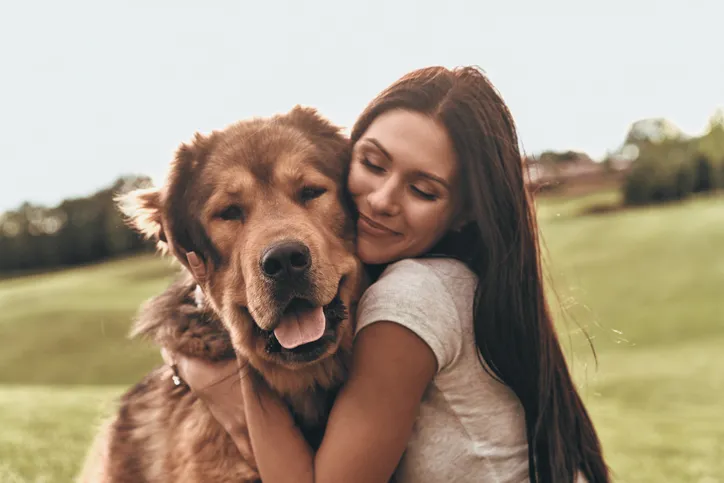
For many, the size of their dog is a direct reflection of personal identity. According to a study published in the Journal of Personality and Social Psychology, individuals often choose pets that mirror aspects of themselves, consciously or otherwise. Those who go for smaller breeds might see themselves as delicate and refined, or perhaps they live in environments that require a more compact companion. Conversely, choosing a large dog could project an image of strength, confidence, or a love for the outdoors.
The decision can also reveal one’s lifestyle and values. For urban dwellers, a small dog might signify a life of hustle and space constraints, while suburban or rural residents may lean toward larger breeds, showcasing a proclivity for open spaces and vigorous activities. Fundamentally, the size of a dog can act as an emblem of the owner’s self-perception and lifestyle preferences, silently communicating these to the world.
2. They’re Looking For Security

The desire for security can significantly influence the choice between a big or small dog. Large dogs, often perceived as protectors, might attract individuals seeking a sense of safety and defense in their living environment. This sentiment is particularly prevalent among those residing in areas where personal security is a concern. The mere presence of a big dog can deter potential threats and provide a psychological assurance of safety.
On the flip side, smaller dogs are often chosen by those who value emotional security over physical protection. Their portable size makes them ideal for companionship and emotional support, offering comfort and affection no matter where their owners go. These dogs can create a sense of closeness and constant companionship, which is a form of security in itself. Thus, dog size can be a reflection of how an individual prioritizes different aspects of safety. According to Titan Security Europe, large dogs like Dobermans are valued for their protective qualities due to their size, strength, and temperament.
3. It’s A Matter Of Practicality

Practical considerations often play a significant role in the decision between a big or small dog. In bustling urban environments, where space is at a premium, smaller dogs are frequently the go-to choice due to their adaptability to apartment living and lower maintenance requirements. According to ASPCA, smaller breeds are increasingly popular among city dwellers due to lifestyle constraints requiring compact companions.
Meanwhile, individuals with access to larger living spaces might opt for bigger dogs, enjoying that they can accommodate the space and exercise needs of a larger breed. For families or individuals with active lifestyles, a big dog can be the perfect match, offering companionship in outdoor adventures and a partner in physical activities. Ultimately, practicality often dictates the feasibility of dog size, aligning with the owner’s living conditions and daily routines.
4. They’re Influenced By Their Childhood

Our formative years can heavily influence the size preference of our future canine companions. Many people tend to gravitate toward dogs that remind them of pets they had during childhood. This nostalgic connection can manifest in choosing a similar breed or size, offering a comforting link to one’s past. Such choices are often rooted in the desire to recreate positive childhood memories associated with those pets.
This longing for familiarity might also stem from the parenting practices one experienced. If a family valued small dogs, viewing them as manageable and easy to care for, that preference might persist into adulthood. Conversely, growing up with large dogs might instill a love for their grand size and playful nature. These early experiences shape our subconscious and emotional connections, influencing our preferences later in life. According to PsyPost, childhood parenting styles significantly impact how individuals treat their dogs as adults.
5. It’s A Matter Of Social Perception And Status
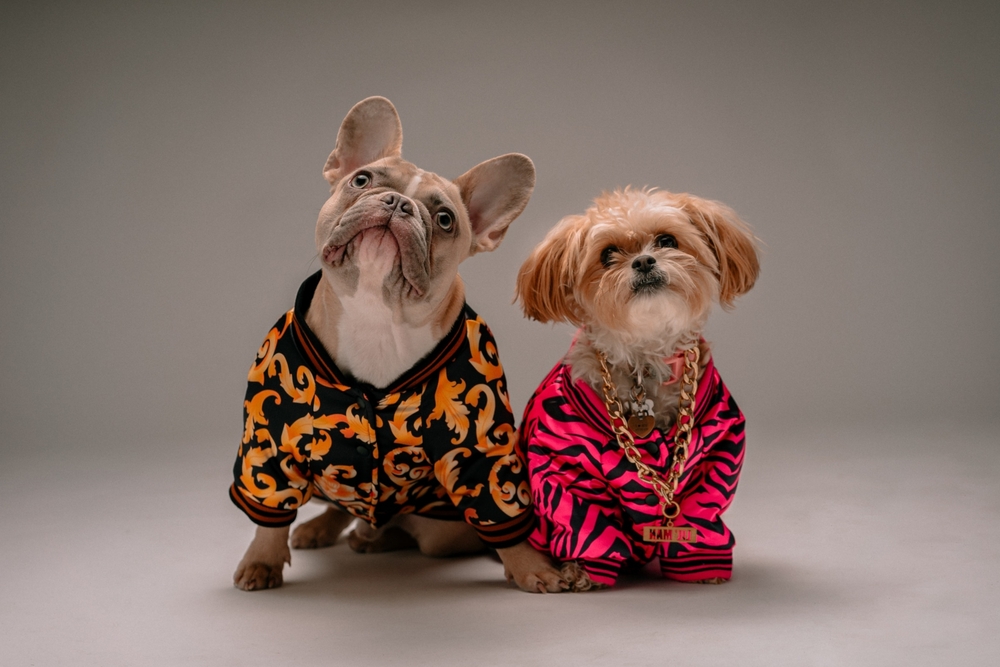
The societal implications of pet ownership can subtly dictate dog size preferences. In many cultures, owning a large dog is perceived as a status symbol, a sign of affluence and power. This perception is often tied to the costs associated with caring for a larger breed, including food, veterinary care, and living space. As such, some individuals might choose a large dog to align with societal status expectations, projecting an image of wealth and influence.
Conversely, small dogs are frequently associated with luxury and sophistication, often seen nestled in designer bags akin to high-end accessories. This perception is reinforced by media portrayals and celebrity culture, where diminutive dogs often accompany the fashionable elite. Thus, the choice between big and small dogs can be influenced by how individuals wish to be perceived within their social circles and the broader public eye.
6. They Have Emotional Needs And Preferences

Emotional needs are a profound factor in determining the size of one’s canine companion. Small dogs often appeal to individuals seeking emotional nurturance and intimacy, providing a sense of closeness and responsive comfort. Their manageable size makes it easy to cuddle and carry them, fulfilling a need for constant physical affection. This preference might be particularly strong in individuals experiencing loneliness or seeking companionship that feels deeply personal.
Large dogs, on the other hand, can satisfy different emotional cravings. Their size and presence can evoke a sense of awe and majesty, offering companionship that is both grounding and inspiring. For some, the emotional bond with a large dog is about partnership and shared experiences, aligned with lifestyle preferences that value freedom and exploration. Ultimately, the choice of dog size can fulfill unique emotional desires, resonating with personal psychological needs.
7. They Consider Health And Activity Levels

Physical health and activity levels often influence the decision between a small or big dog. Individuals with limited mobility or who lead a more sedentary lifestyle might opt for smaller dogs, which generally require less rigorous exercise and are easier to manage physically. Their presence can provide companionship without demanding physical exertion, aligning with the owner’s health and energy levels.
Alternatively, those who lead active lifestyles may favor larger dogs that can keep up with their physical pursuits. These dogs often become partners in outdoor adventures, from long hikes to daily runs, complementing an owner’s vigorous activity level. The size of the dog, in this context, becomes a reflection of the owner’s physical capabilities and lifestyle choices, enhancing their overall well-being through shared activity and companionship.
8. They Consider Their Space

The practicalities of living space and environment are key factors in dog size preference. City dwellers with limited living quarters often choose smaller breeds that can comfortably adapt to tighter spaces. These dogs require less room to move around and thrive in environments where large dogs might feel constrained. Their ability to live harmoniously in apartments or smaller homes makes them an ideal choice for urban life.
On the other hand, those with access to larger homes and outdoor spaces might be drawn to bigger breeds, providing ample room for them to roam and play. In such environments, the presence of a large dog can enhance the living experience, adding a sense of warmth and companionship to the home. Ultimately, the choice between a big or small dog often depends on the practical considerations of living conditions and how they align with the owner’s lifestyle.
9. They Need The Right Companion For Other Pets

For multi-pet households, the size of a new dog can be influenced by the dynamics of existing pets. Introducing a small dog into a home with cats or smaller animals might seem like a safer choice, minimizing the risk of intimidating or overwhelming the existing pets. This consideration ensures harmony and balance within the household, fostering peaceful coexistence.
Conversely, introducing a large dog might suit homes where other large pets already reside, offering companionship that matches their energy and play style. The decision is often based on creating a compatible environment where all pets can thrive together. It can also reflect the owner’s understanding of their pets’ social needs and how they wish to cultivate a family dynamic that includes all animal members.
10. They Consider Trainability And Behavior
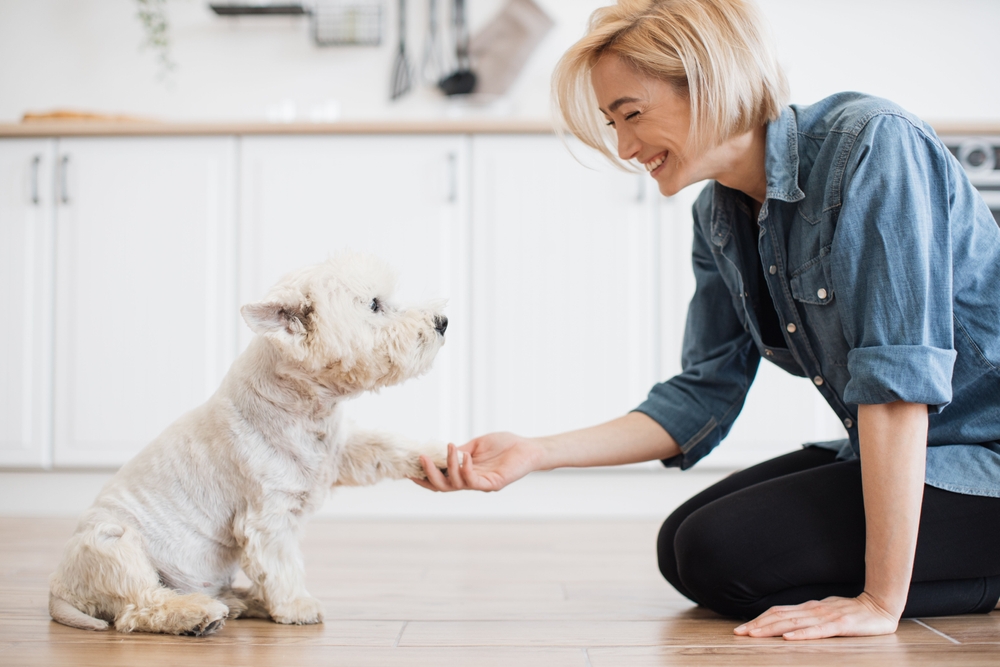
Perceptions of trainability and behavior often sway individuals towards a particular dog size. Some people view smaller dogs as being easier to manage and train due to their size, believing they can exert more control over their behavior. This perception might appeal to owners who seek a sense of authority and ease in managing their pet’s actions.
In contrast, others may see larger dogs as possessing a calmer demeanor and being more amenable to training, especially for tasks that require strength and endurance. These perceptions are often shaped by breed stereotypes and personal experiences, influencing the choice of dog size based on expected behavior and manageability. Ultimately, these assumptions can guide the decision-making process, aligning with the owner’s expectations and capabilities in raising and training their pet.
11. They Have More Affection For Specific Breeds
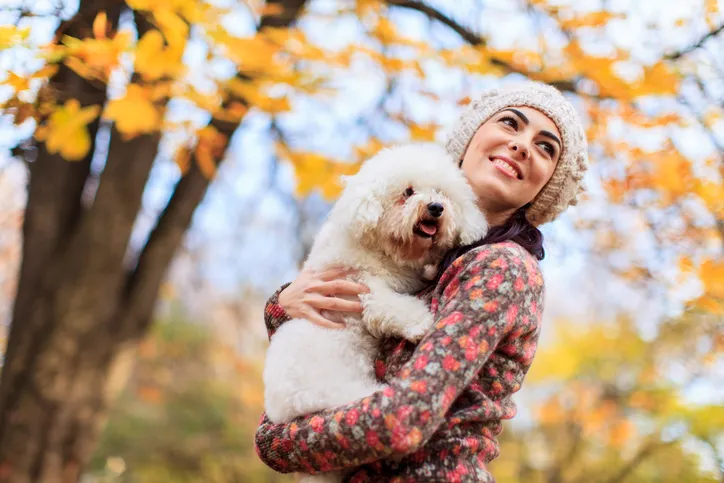
An affinity for specific breeds can heavily influence the size of dog one chooses. Many people fall in love with particular breeds due to their unique characteristics, which often come with size considerations. Whether it’s the playful nature of a Labrador or the elegance of a Poodle, breed preferences can drive the decision, irrespective of size.
This affection is often fueled by personal experiences or exposure to certain breeds through media or social circles. The choice of a small or big dog, in this context, becomes secondary to the love for the breed’s qualities and temperament. Owners might prioritize breed over size, valuing the specific traits and companionship they associate with their chosen dogs.
12. Their Life Stage And Family Vibe
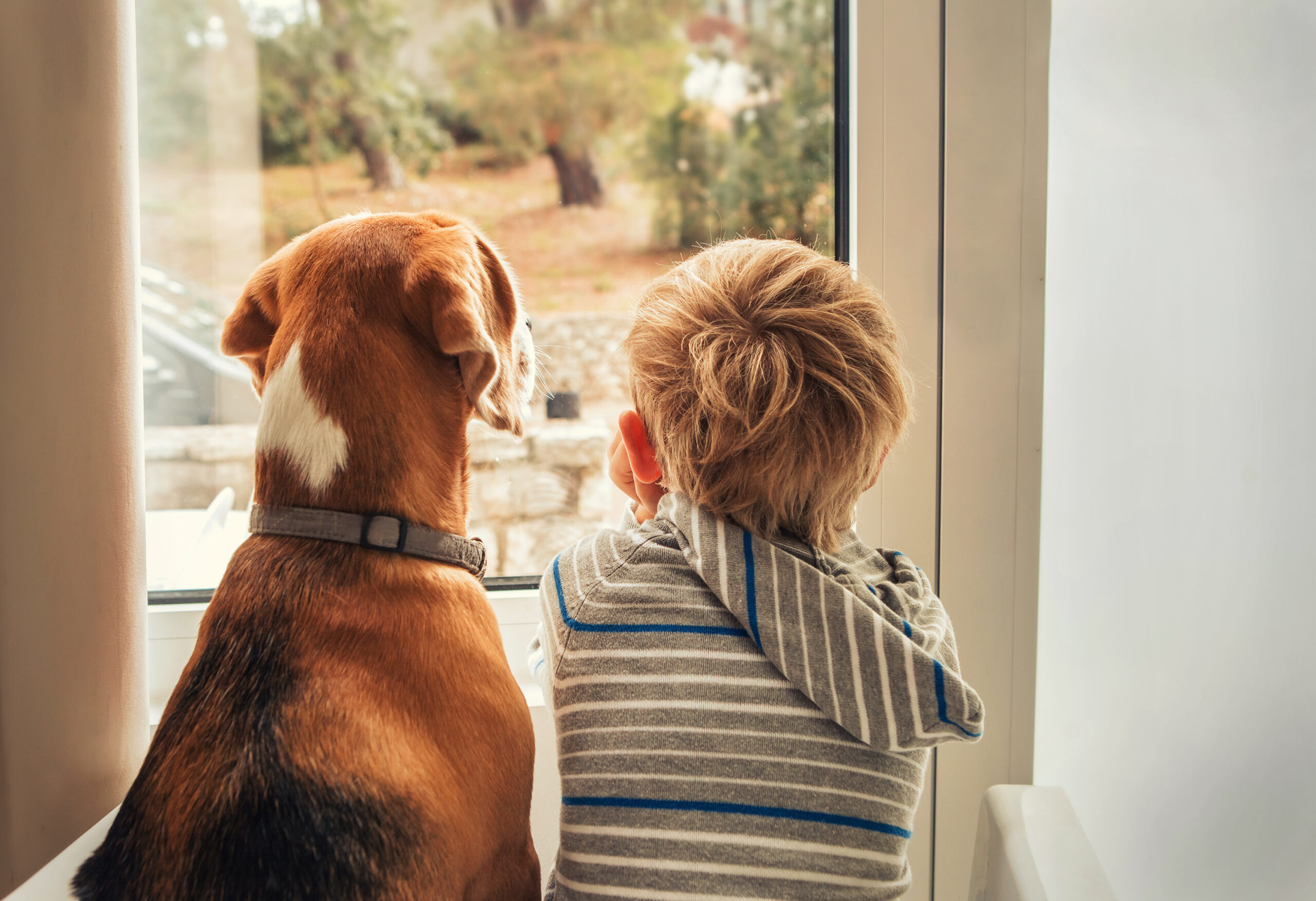
The stage of life and family dynamics can significantly affect dog size preferences. Young families with children might opt for larger dogs that can engage in play and outdoor activities, offering companionship that matches the energy of young kids. These dogs often become integral members of the family unit, participating in family activities and providing a protective presence.
Conversely, older adults or individuals entering later life stages may lean towards smaller dogs for their ease of care and companionship. These dogs can offer comfort and companionship without the physical demands that larger breeds might entail. The choice of dog size, in this case, reflects the family’s needs and the owner’s life stage, accommodating the dynamic nature of household compositions.
13. They Go Off Their Intuition

Ultimately, personal preference and intuition play a significant role in the choice between a big or small dog. Some people are simply drawn to the aesthetics or personality traits of a particular size, feeling an innate connection that defies logical explanation. This instinctual attraction can stem from a deeper understanding of what feels right and aligns with one’s personality.
The decision may also be guided by past experiences or an intuitive sense of what will complement their lifestyle and emotional needs. Individuals often find themselves resonating with a certain size based on feelings rather than tangible factors, trusting their instincts to guide them to the right companion. In the end, the heart often knows what it wants, and for many, this is the primary guide in choosing their canine partner.
